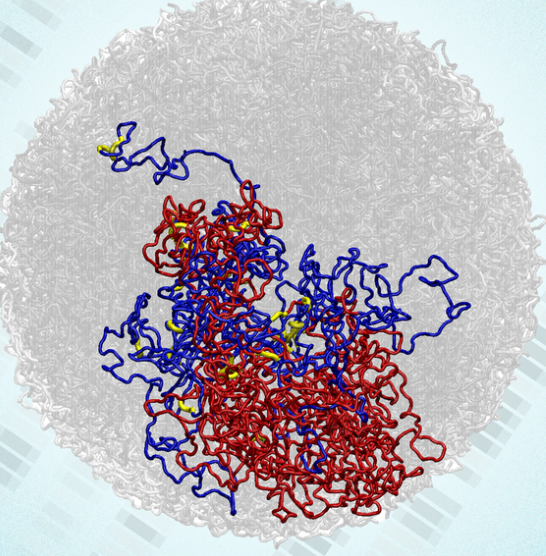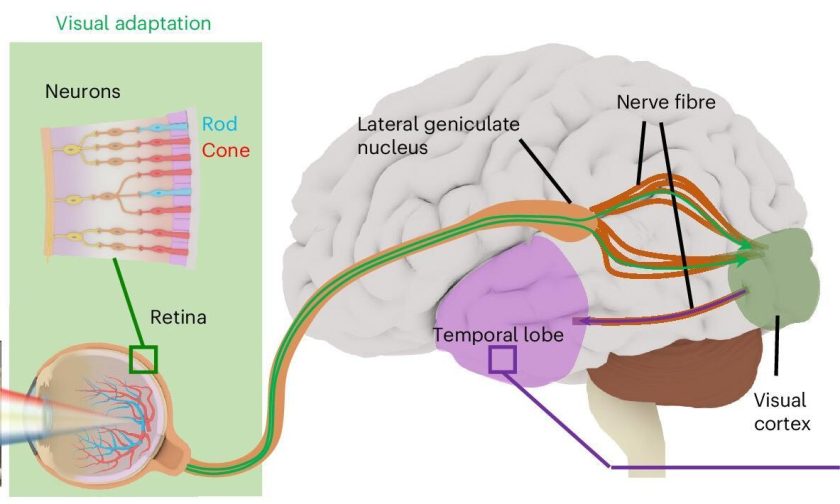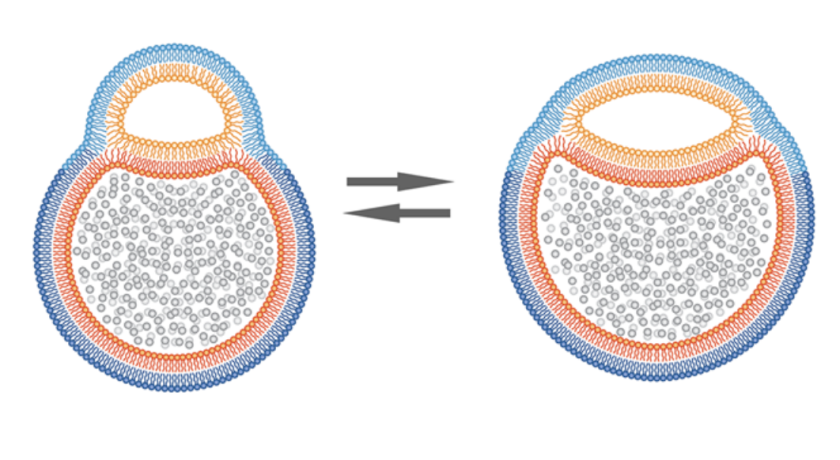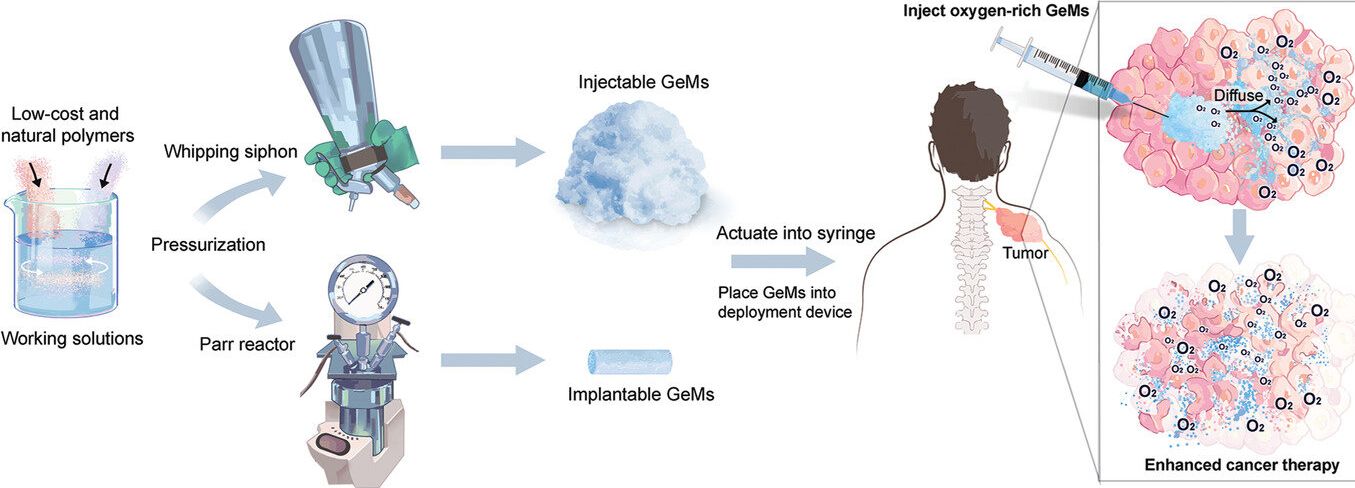
Cancer treatments such as radiotherapy and chemotherapy have been shown to be less effective when exposed to a hypoxic environment. In fact, low oxygen levels in tumors can also escalate disease progression.
Hyperbaric oxygen therapy and microbubble infusion are the two techniques through which oxygen levels in tumors can be increased to improve treatment outcomes.
Hyperbaric oxygen therapy, also known as HBOT, involves breathing pure oxygen in a pressurized chamber. Once the amount of oxygen is increased in a body, it helps in:
- healing damaged tissues
- fighting off infections, and
- reducing inflammation
In case of cancer treatment, increased oxygen levels in tumors make them more receptive to chemotherapeutic treatments.
Microbubble infusion is another medical procedure that involves injecting tiny gas-filled bubbles into the bloodstream. It can be used to carry oxygen and therapeutic agents to tumors.
However, in both the above cases, challenge remains in delivering the right amount of oxygen with proper pharmacokinetics (effectiveness of a therapy, as well as its potential side effects).
Biocompatible gas-entrapping material
Thinking on these lines, researchers at the University of Iowa are working on developing new biocompatible materials called gas-entrapping materials (GeMs). Aim of which is to improve cancer treatments like chemotherapy and radiation therapy. The inspiration for these materials came from sources like latte foam, gummy bears, and Pop Rocks candies.
GeMs showed promising results in lab
These GeMs are designed to deliver high concentrations of therapeutic gases directly into tissues, including tumors, for more effective cancer treatment.
The study showed promising results when GeMs based mouse models of prostate cancer and sarcoma were used for chemotherapy and radiation treatments.
GeMs render cancer cells vulnerable
The research is a multi-institutional effort between researchers at Massachusetts Institute of Technology, Beth Israel Deaconess Medical Center, and Harvard Medical School.
According to Byrne, UI assistant professor of radiation oncology at UI, it is a well-established fact that increasing the oxygen level within a tumor can make it more susceptible to treatments like radiation therapy, certain chemotherapies, and potentially immunotherapies. However, an effective dose of oxygen in a safe, controlled fashion has always been a challenge.
The new study has shown GeMs as the best contender that can exponentially increase oxygen levels within solid tumors. Thus, rendering cancer cell more vulnerable to respective treatments.
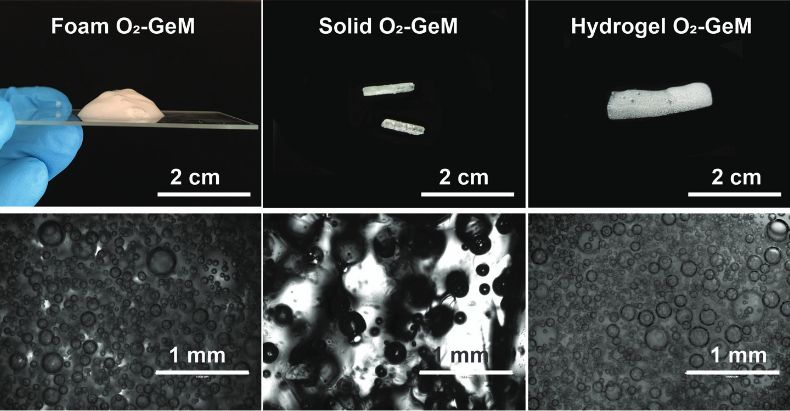
Custom-built pressurized systems
Increased oxygen levels assist immune reactivity, which is a vital component to generate response to immunotherapy. Accordingly, GeMs have been fabricated. They have very simple composition:
- the gas
- the foaming agent, and
- thickening agent
The researchers used custom-built pressurized systems to integrate high concentrations of gas into small volumes of biocompatible materials, which are then injected or implanted into tissues. This allows for controlled and prolonged release of the gas for improved cancer treatment.
The foam GeMs are created using a whipping siphon, similar to the one used by baristas to make foams for drinks. However, it has been reverse-engineered to incorporate different gases including oxygen.
The lab uses safe, low-cost components commonly found in processed food to manufacture the GeMs. In addition, the release of oxygen from the material can be controlled by adjusting the quantity of each component.
The use of safe and edible components in the production of GeMs makes it likely that they will be easily translatable for use in cancer care.
Takeaway
The ease of direct implantation or injection into the tumor, is another advantage of the GeMs.
Intratumoral delivery (a method of administering cancer therapies directly into the tumor) of cancer therapies has gained popularity in recent years because it allows for high concentrations of drugs to be delivered directly into the tumor with limited side effects.
The foam GeMs can be particularly useful for injecting into parts of the tumor that are difficult to treat or remove through surgery.
Researchers call this study an exciting project since it combines cancer biology principles with material science to create a solution with the potential to have a significant impact on cancer treatment.
Via: Medical Xpress

